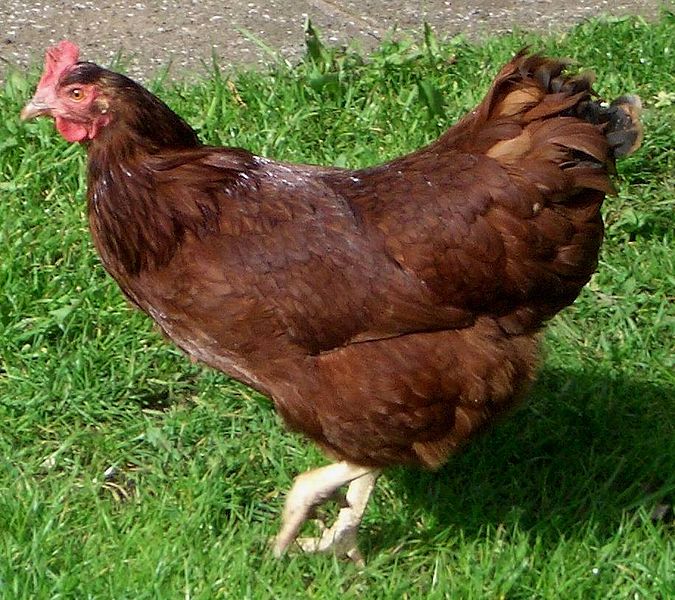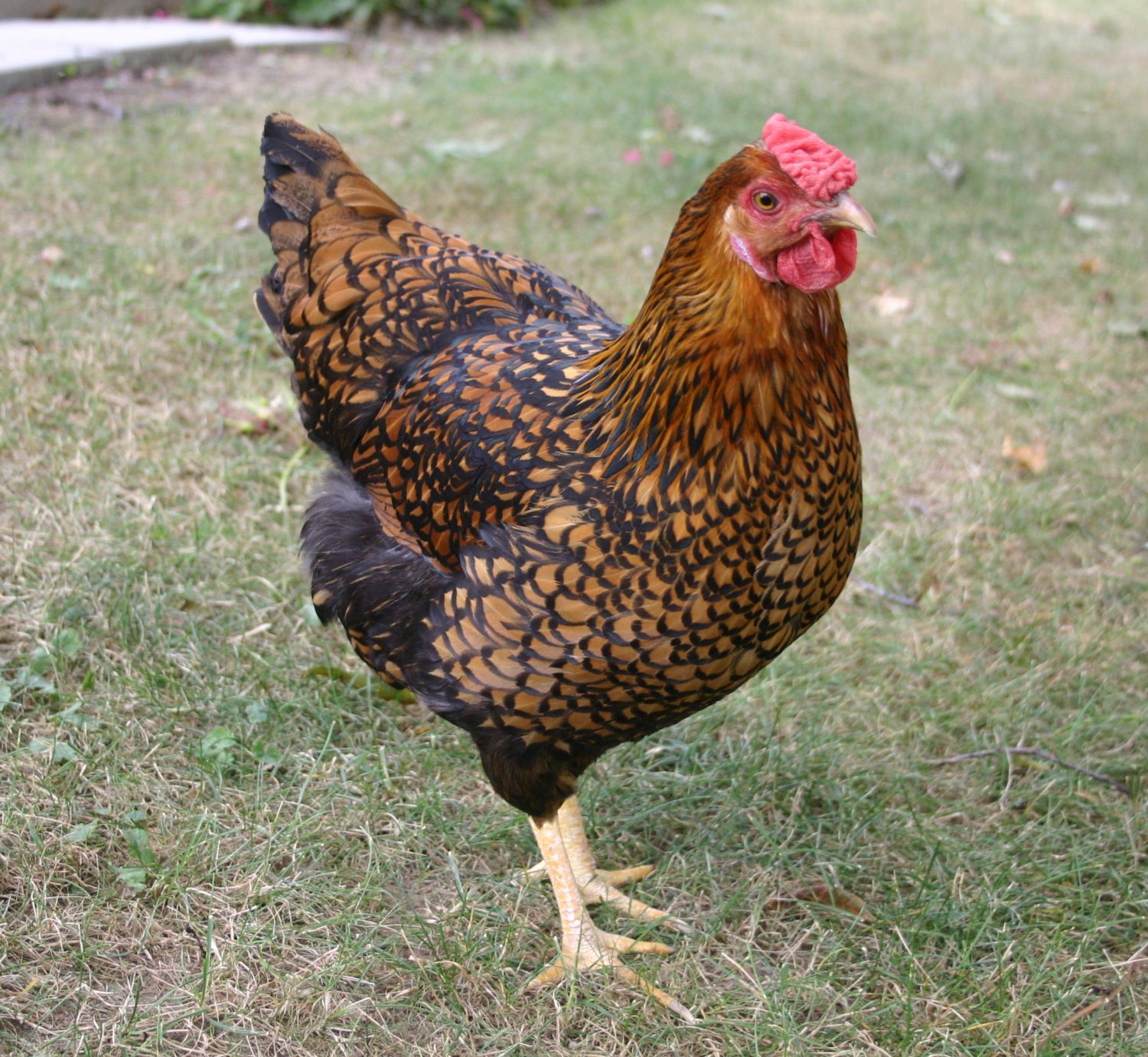Spring Chickens
As I mentioned earlier this month, our chickens are done laying for season, and we will be out of eggs until they stop molting and we can turn the light on in the coop to trick them into thinking it's spring.
Last year they all laid so well throughout the summer that I was able to freeze enough eggs to use throughout the winter molt, and we never had to buy any from the grocery store.
This past summer? Not so much. Dolley is no longer laying at all, and the other girls have slowed a bit with age. (Dolley is a Red-Star hen, and it turns out that this hybrid breed is a rock star daily layer for about 18 glorious months, but then it's over for good, which was not advertised. Luckily for her, she's the smartest, best-trained bird we have, or we might have considered her for soup.) Without her efforts, we still had plenty of eggs to eat fresh in the summer, but not enough to put up for winter. We're back to buying them at the store until we get them laying again (I'm hoping by January, but we'll see how the feathering goes).
All this means that it's time to add to our flock. If we had known that Dolley was going to shut off production this summer, we would have ordered new chicks back in April, and they probably could have kept us in eggs throughout the fall. As it is, today I ordered three day-old chicks to arrive over April vacation — just five wintery months away!
We always narrow our search by laying ability and cold hardiness, and then we read up about their personalities to make sure they aren't bitches. This time around, we chose a Rhode Island Red, a Welsummer, and a Golden Laced Wyandotte.
We wanted a Rhode Island Red the last time we ordered chicks, but the hatchery ended up not having enough and sent Dolley as a substitution. A Rhode Island Red is the classic red hen of storybooks, and its perfect for our region, as its name suggests. They're also supposed to be among the best layers, which is what we're looking for.
Last year they all laid so well throughout the summer that I was able to freeze enough eggs to use throughout the winter molt, and we never had to buy any from the grocery store.
This past summer? Not so much. Dolley is no longer laying at all, and the other girls have slowed a bit with age. (Dolley is a Red-Star hen, and it turns out that this hybrid breed is a rock star daily layer for about 18 glorious months, but then it's over for good, which was not advertised. Luckily for her, she's the smartest, best-trained bird we have, or we might have considered her for soup.) Without her efforts, we still had plenty of eggs to eat fresh in the summer, but not enough to put up for winter. We're back to buying them at the store until we get them laying again (I'm hoping by January, but we'll see how the feathering goes).
All this means that it's time to add to our flock. If we had known that Dolley was going to shut off production this summer, we would have ordered new chicks back in April, and they probably could have kept us in eggs throughout the fall. As it is, today I ordered three day-old chicks to arrive over April vacation — just five wintery months away!
We always narrow our search by laying ability and cold hardiness, and then we read up about their personalities to make sure they aren't bitches. This time around, we chose a Rhode Island Red, a Welsummer, and a Golden Laced Wyandotte.
 |
| Public domain photo |
We wanted a Rhode Island Red the last time we ordered chicks, but the hatchery ended up not having enough and sent Dolley as a substitution. A Rhode Island Red is the classic red hen of storybooks, and its perfect for our region, as its name suggests. They're also supposed to be among the best layers, which is what we're looking for.
 |
| Photo by A Chicken a Day |
Welsummers lay dark reddish-brown, sometimes speckled eggs and are popular in England. The roosters are like the one on the Corn Flakes box, so it's a pretty classic chicken that's been around forever.
 |
| Photo by Ariel188 |
The Golden Laced Wyandotte is really pretty. I wanted one the first time around, but they were sold out by the time we ordered our chicks — this one is the reason why I got chick-shopping done five months in advance this time.
Unless we end up with substitutions again, these new birds will be arriving April 21, 2015. Stay tuned for another round of adorable baby chick photos when spring finally comes back around!



Comments
Post a Comment